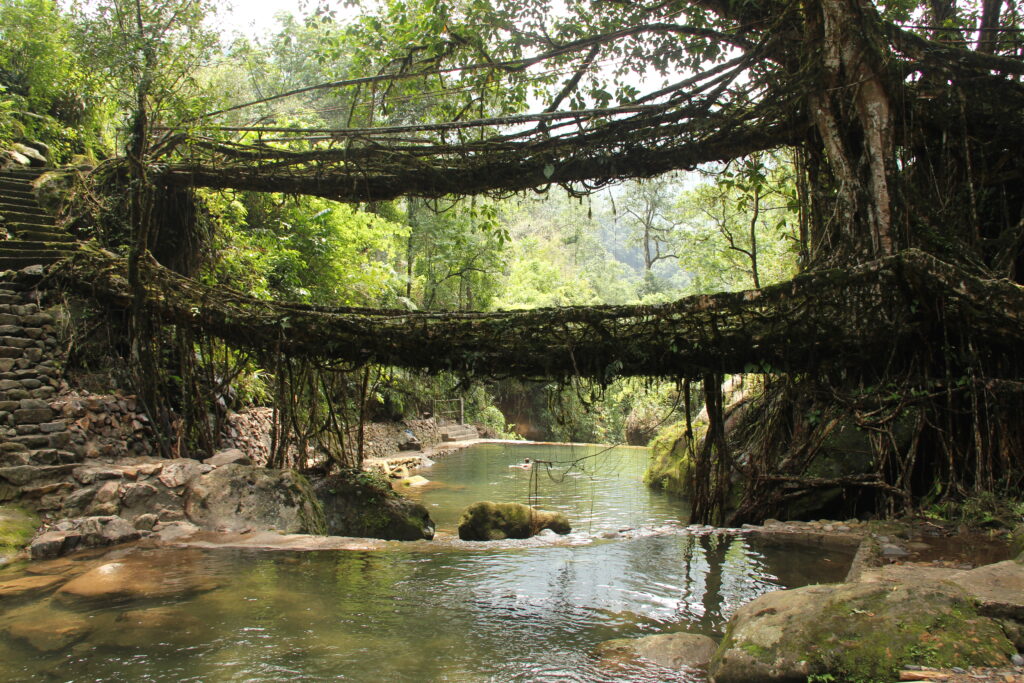My son and I watched as thousands of angry youths marched by on the TV screen, demanding that their parents leave them a healthy, sustainable planet. I was thinking of how we are fundamentally reframing what it means to be human. The Baconian image of an ingenious rational mind conquering nature is long overdue.
We humans are intricately entangled with our world, up to the point where it makes little sense to ask where ‘human’ ends, and the world begins. They, the children of today, understand this much better than their parents, and we are right to be angry.
Entangled as we are, to use this term in technology design makes me feel uneasy. Bruno Latour speaks of networks of agents, both human and nonhuman. But technologists miss the point if they think this means ‘entangled ecologies’ of humans, domestic robots, intelligent cars and fitbits.
Instead, my thoughts are more about an intelligent camera, monitoring a fatigued Amazon factory worker and automatically subtracting every second they sit down from break time. An old fashioned humanist term comes to mind here: oppression. I think about how my son and I both mindlessly grab our phones, and instead of engaging in a conversation, start scrolling the noise that companies want us to see.
Entangled? Perhaps. Alienated, I would say. Karl Marx wasn’t crazy when he distinguished between ‘tool’ and ‘machine’, showing how capitalism transforms everything, human labour as well as the earth’s soil, into machines producing ever increasing wealth for the few.
So, can a post-human vision on design do anything about the massive de-humanization we face today? I once saw a fascinating installation of living fungi mixed with cloud computing. But even augmented mushrooms will eventually be colonized by Silicon Valley to make more profit. I don’t have a solution. Let me end with an image.
In the book Lo-TEK Design by Julia Watson I came across the beautiful living tree-bridges that grow in the heart of the Meghalayan rainforest, India. It takes fifty years to build/grow a tree-bridge. Roots of trees on the shore are carefully and caringly guided and wound around wooden scaffolds to bridge the river. This is done by specialized people, a skill handed down from generation to generation.
People using the bridges respect all that grows on the shore, and take none from it, conscious as they are that in a rainforest everything hangs together; and in the midst of such entanglements, quite literally, hangs their bridge. The bridge is a human tool, but it’s also alive. It’s resilient to floods in the way that trees are. It’s both engineered and natural, both planned and improvised, human and nonhuman: a true entanglement design.





